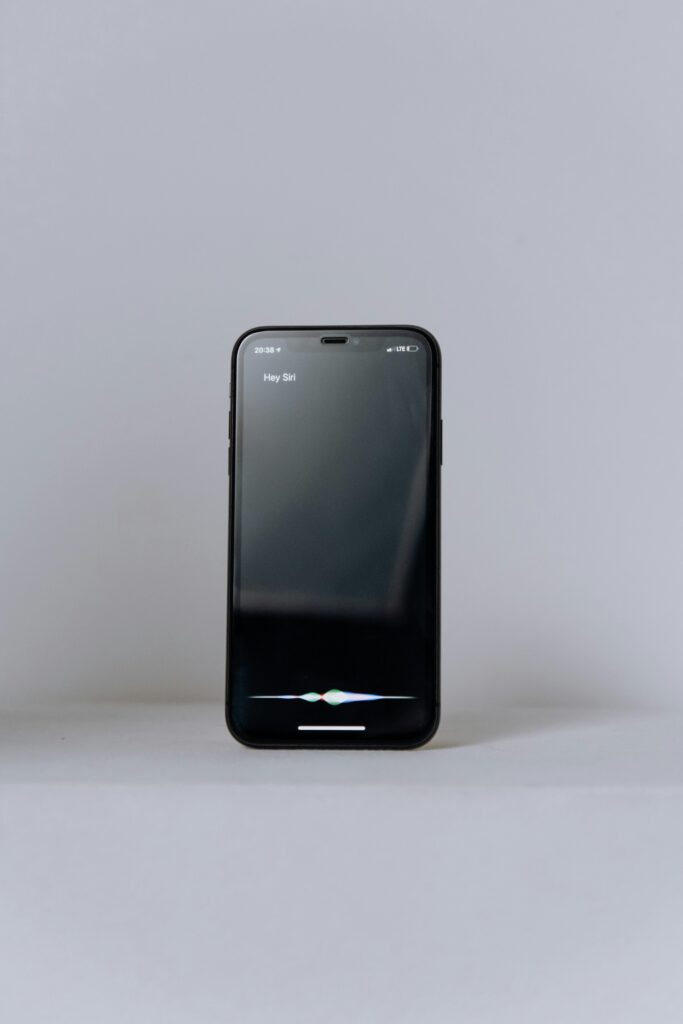“Siri, Are You Listening?”
Reflections on Privacy and Confidentiality in the Digital Age
In contemporary psychoanalytic practice, the therapeutic setting has extended into the digital realm. With this shift, longstanding questions of privacy and confidentiality are taking on new urgency. Psychoanalysis, at its core, depends on the existence of a protected space—one in which speech can unfold without fear of exposure, judgment, or unintended audience. But how do we maintain this space in an era of smartphones, smart speakers, cloud storage, and algorithmic surveillance?
Surveillance and the Therapeutic Frame
The concern that digital devices may be „listening“ is no longer restricted to conspiracy theories. As digital technologies increasingly mediate our lives, patients and analysts alike may experience a subtle erosion of psychic privacy. Whether or not microphones are actually recording, the feeling of being overheard can inhibit the freedom to associate or speak openly. As Sherry Turkle (2011) has argued, our relationship with technology impacts not just how we communicate but how we relate to ourselves and others.
In some settings, individuals now choose to silence or physically remove devices during therapy—highlighting the discomfort that can arise when digital omnipresence intrudes upon analytic silence. Analysts, too, must grapple with new ethical landscapes: How do we manage digital records, data storage, or even our online presence, in a way that safeguards the sanctity of the analytic frame?
Confidentiality Beyond Encryption
Digital platforms, video calls, and encrypted software promise secure transmission of data. Yet confidentiality in psychoanalysis is not merely about encryption or GDPR compliance. It is a clinical and ethical position—a commitment to containment, privacy, and discretion. As Lingiardi (2022) reminds us, the frame is not simply physical but symbolic: it creates the conditions for the unconscious to speak.
Recent cases in which anonymized therapy data was allegedly shared for commercial purposes (Federal Trade Commission, 2023) serve as a sobering reminder that privacy protections can be porous. Even when platforms appear secure, the chain of custody of psychological material may be more complex than patients realize. As Lemma (2023) notes, technology should not obscure the analyst’s responsibility to maintain a reflective, ethical posture in all digital engagements.
Ethical Vulnerabilities and the Human Factor
Confidentiality breaches are not always the result of technological failure. They may stem from human choices: oversharing in professional forums, inadequate digital boundaries, or blurred roles online. Zur (2017) points out the ethical ambiguity that arises when analysts and patients can access one another’s personal information online. Even passive exposure to such material can affect the analytic relationship.
It is therefore crucial for practitioners to reflect on how digital culture intersects with transference, countertransference, and the analytic stance. The medium, as Marshall McLuhan suggested, is the message—and in psychoanalysis, the medium may quietly shape what becomes speakable or unspeakable.
Reclaiming the Analytic Space
Despite all these shifts, the essence of psychoanalysis remains grounded in a human encounter—one defined by listening, reverie, and the symbolic function of the frame. The analyst’s task is not only to understand but to contain: to provide a space where words, affects, and silences can unfold without leakage into the outside world.
As Bollas (1987) writes, the unthought known requires a holding environment to become thinkable. That holding cannot be fully outsourced to digital tools, no matter how sophisticated. The analyst’s ethical commitment, not the software’s design, remains the most vital safeguard of confidentiality.
Final Reflections
The digital age confronts psychoanalysis with unprecedented challenges—and also with opportunities for renewed reflection on what it means to protect the unconscious. We must not become complacent in the face of convenience. Whether working online or in person, the sanctity of the analytic frame deserves vigilant care.
Confidentiality is not a checkbox. It is a symbolic contract—one that binds analyst and analysand in the shared work of transformation.
References
Bollas, C. (1987). The Shadow of the Object: Psychoanalysis of the Unthought Known. Columbia University Press.
Federal Trade Commission (2023). FTC Fines BetterHelp for Sharing Health Data with Advertisers. www.ftc.gov
Freud, S. (1912). Recommendations to Physicians Practising Psychoanalysis. Standard Edition, Vol. 12.
Lemma, A. (2023). Digital Technology and the Analytic Space: Transference, Countertransference and the Digital Subject. Routledge.
Lingiardi, V. (2022). “Confidentiality and the Ethics of the Frame.” International Journal of Psychoanalysis, 103(1), 115–130.
Turkle, S. (2011). Alone Together: Why We Expect More from Technology and Less from Each Other. Basic Books.
Zur, O. (2017). Digital Dilemma: Ethical Challenges in the Use of the Internet and Other Digital Technology. Zur Institute.
